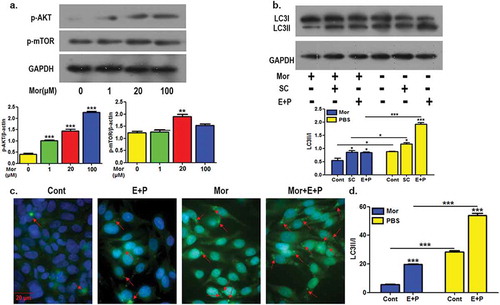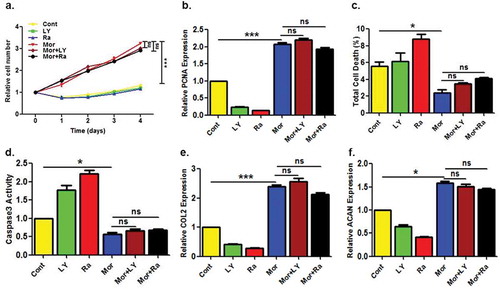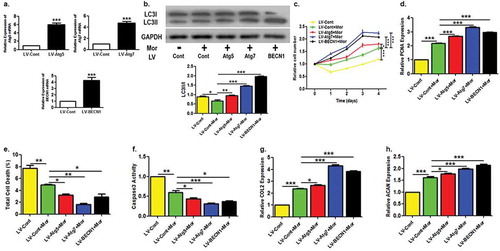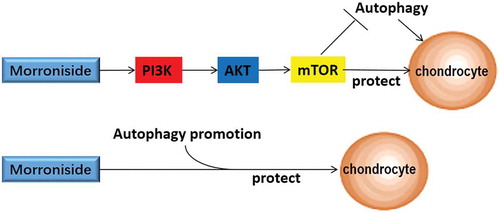Figures & data

Table 1. Specific primer sequences for qPCR.
Figure 2. The inhibition of PI3K/AKT/mTOR signaling reverses the inhibition of Morroniside on chondrocyte autophagy.
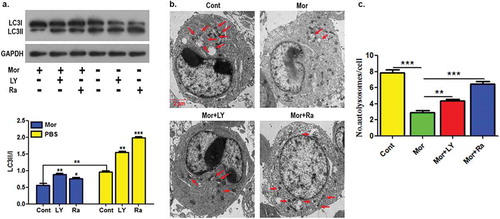
Data availability statement
The data described in this article are openly available in the Open Science Framework at DOI:10.17605/OSF.IO/TPA6U.

